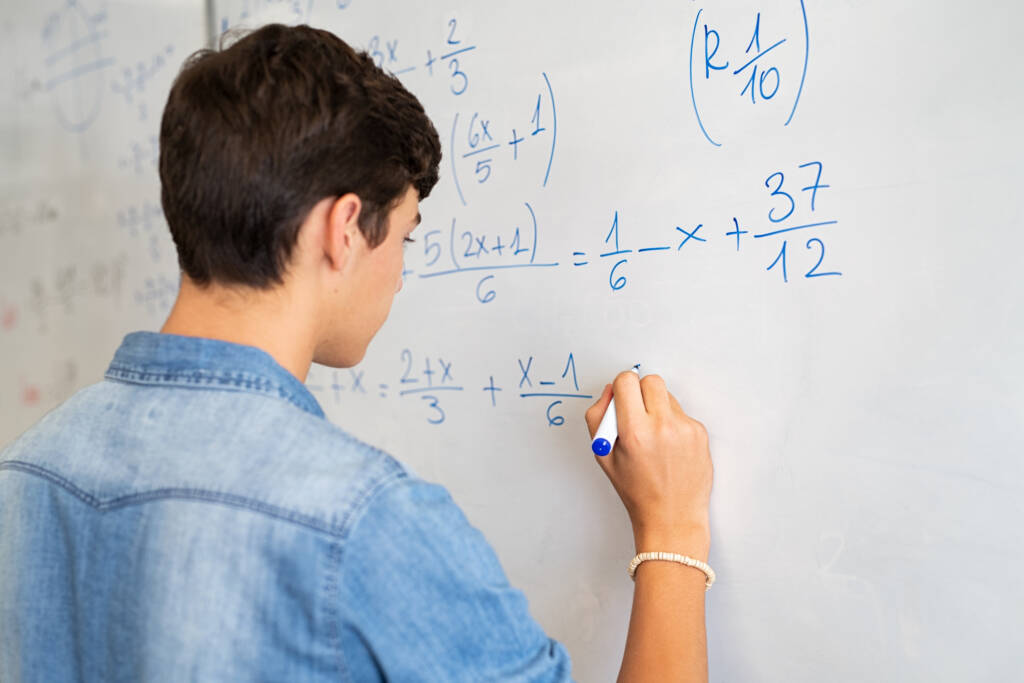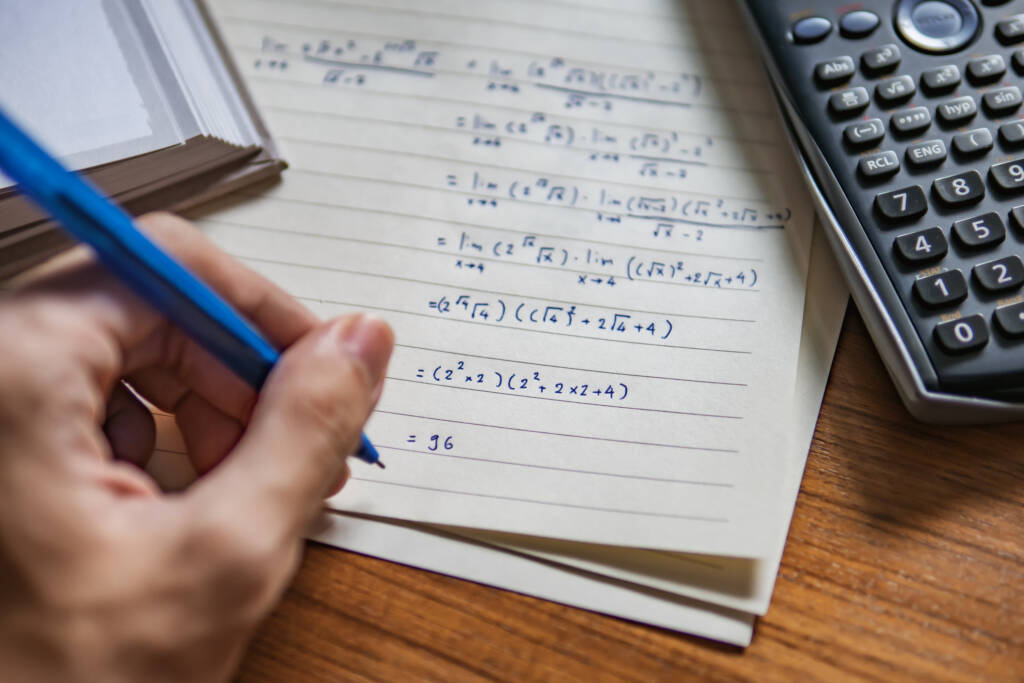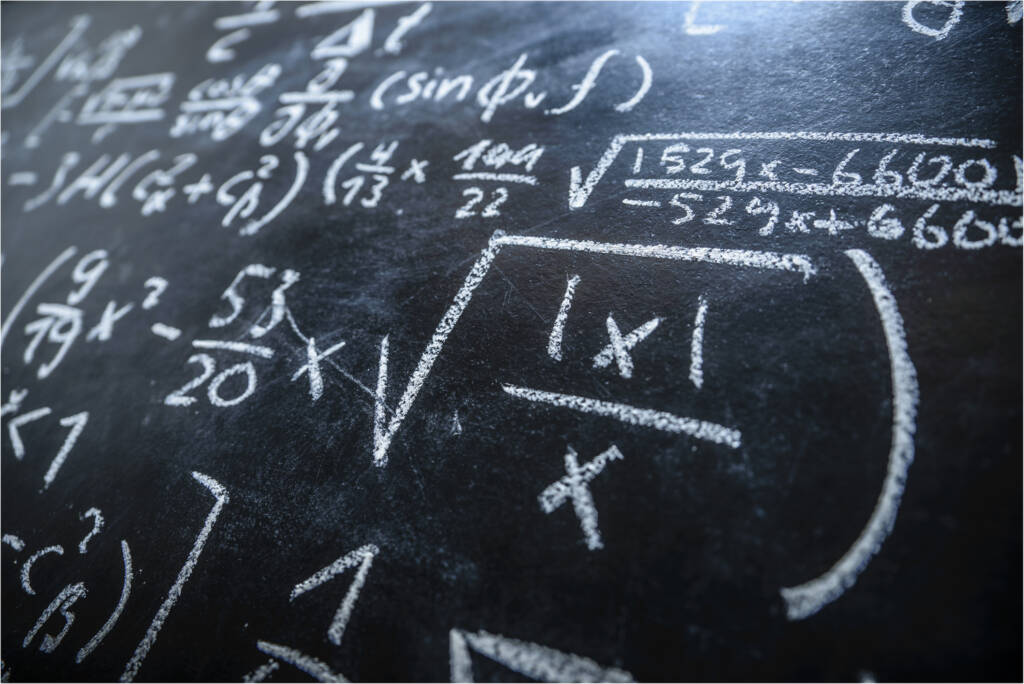
AP Calculus BC

An interactive course framework combines with the exciting online course delivery to make calculus an adventure. For example, students in this course will walk in the footsteps of Newton and Leibnitz. The course includes a study of limits, continuity, differentiation, and integration of algebraic, trigonometric, and transcendental functions; the applications of derivatives and integrals; infinite series; parametric equations; and polar equations.
An Advanced Placement (AP) course in calculus consists of a full high school year of work that is comparable to calculus courses in colleges and universities. It is expected that students who take an AP course in calculus will seek college credit, college placement, or both, from institutions of higher learning.
Most colleges and universities offer a sequence of several courses in calculus, and entering students are placed within this sequence according to the extent of their preparation, as measured by the results of an AP examination or other criteria.
Major Topics and Concepts
Segment 1
- Review of Function Terminology and More
- Graphing Calculators
- Compositions and Transformations of Functions
- Some Common Functions
- Introduction to Limits
- Properties of Limits
- Limits Involving Infinity
- Continuity
- Applications of Limits
- The Derivative
- Rules of Differentiation
- Trigonometric Derivatives and the Chain Rule
- Inverse Functions
- Exponential and Logarithmic Functions
- Derivatives of Exponential, Logarithmic, and Inverse Trig Functions
- Implicit Differentiation
- Analyzing Functions Part I: Curve Sketching
- Analyzing Functions Part II: Maximums and Minimums
- Applied Maximum and Minimum Problems
- Distance, Velocity, Acceleration, and Rectilinear Motion
- Related Rates
- The Mean-Value Theorem and L’Hôpital’s Rule
- Linearization
- Area Approximation and Riemann Sums
- Introduction to the Definite Integral
- The Fundamental Theorem of Calculus
- Integrals and Antiderivatives
- Integration by Substitution
- The Definite Integral
- Finding the Area Under and Between Curves
- Volume by Discs (Slicing)
- Average Value of a Function and Rectilinear Motion Revisited
Segment 2
- Differential Equations – An Introduction
- Initial Value Problems and Slope Fields
- Numerical Approximation Methods with Integrals
- Exploring the Graphs off, f Prime, and f Double Prime
- Relative Rates of Growth
- Using Calculus with Data in a Table
- Functions Defined by Integrals
- Integration by Parts
- Integration Using Partial Fractions
- Improper Integrals
- Parametric Curves
- Polar Curves
- Vector Curves
- Length of Planar Curves
- Area of Planar Curves (Polar Curves only)
- Series
- Convergence
- Tests for Convergence Part I
- Tests for Convergence Part II
- Error Bound
- Maclaurin Series
- Taylor Series and Error Bound
- Power Series
- Radius and Interval of Convergence of Power Series
- AP Exam Review and Test Taking Tips and Practice
Course Materials
AP Course & Exam Registration Requirements
College Board requires students to register for AP exams no later than November 13th (individual schools may set earlier deadlines).
All VLACS AP students are required to enroll in the “course only” section in My AP. Instructions for joining My AP will be posted on each VLACS course page and instructors are available to help with this process.
Students who plan to take the corresponding AP exam must arrange to take the exam at a local school that administers it. To register for an AP Exam, the local school will enroll the student in an “exam only” section in My AP. Students should follow these steps:
- Search for a local test site through this resource of contact AP Services for Students at 888-225-5427 [email protected]. That office can give you contact information for local AP coordinators who may be willing to test outside students. Students are then responsible for contacting coordinators on that list to see if one can arrange to test for you. You should do this no later than October 2nd. Note that schools may have their own local deadlines for receiving requests from outside students to test at their school so we recommend doing this as soon as possible
- The AP coordinator who agrees to assist you must provide a join code for an “exam only” section in My AP. You’ll use the join code to join the section so that the AP coordinator can order your exam.
Please note that, if a school allows a student to register after the 11/13 deadline, there will be a $40 late exam fee. There will also be a $40 canceled/unused exam fee if a student registers and then cancels his/her exam or if the student does not show up on test day.
More information is available on the College Board’s website: https://apstudents.collegeboard.org/
Competencies
Limits and Continuity
Students will demonstrate an understanding of limits and continuity by evaluating functions for continuity and using analytic, graphing and numerical methods to calculate limits of functions.
Fundamental Properties of Differentiation
Students will demonstrate an understanding of the fundamental properties of differentiation by explaining derivatives as rates of change, calculating derivatives using differentiation rules, and estimating derivatives of polynomials, trigonometric, exponential, and logarithmic functions.
Differentiation: Composite, Implicit, and Inverse Functions
Students will demonstrate an understanding of differentiation in composite, implicit, and inverse functions by differentiating composite functions, calculating derivatives of implicit and inverse functions, and calculating higher-order derivatives.
Contextual Applications of Differentiation
Students will demonstrate an understanding of contextual applications of differentiation by interpreting derivatives in motion, analyzing rates and related rates of change, and approximating values of functions using local linearity and linearization.
Applications of Differentiation
Students will demonstrate an understanding of applications of differentiation by calculating first and second derivatives, analyzing graph characteristics using the first and second derivatives, solving optimization problems, and analyzing implicit relations of functions.
Integration and Accumulation of Change
Students will demonstrate an understanding of integration and accumulation of change by explaining how the Fundamental Theorem connects differentiation and integration, calculating integrals using a variety of techniques, and evaluating improper integrals.
Differential Equations
Students will demonstrate an understanding of differential equations by analyzing slope fields, solving differential equations using separation of variables, solving differential equations involving exponential and logistic growth and decay models, and estimating solutions to differential equations using Euler’s Method.
Applications of Integration
Students will demonstrate an understanding of integration applications by solving real-world applications and calculating applications involving area and volume.
Parametric, Polar, and Vector-Valued Equations
Students will demonstrate an understanding of parametric, polar, and vector-valued equations by defining parametric and vector-valued functions to define planar motion, solving motion problems, and calculating area between two polar curves.
Infinite Sequences and Series
Students will demonstrate an understanding of infinite sequences and series by evaluating the convergence and divergence of a series, calculating and estimating the sum of a series, and constructing and using Taylor Polynomials.

